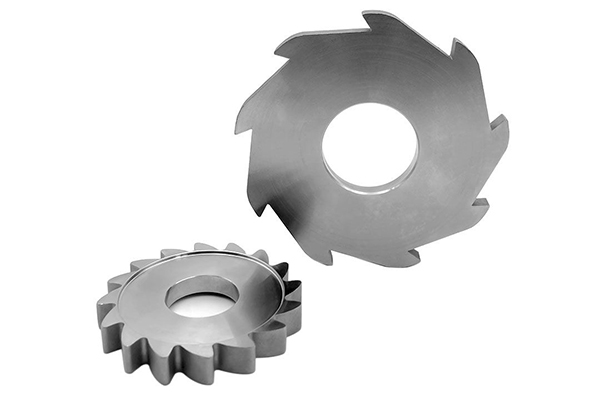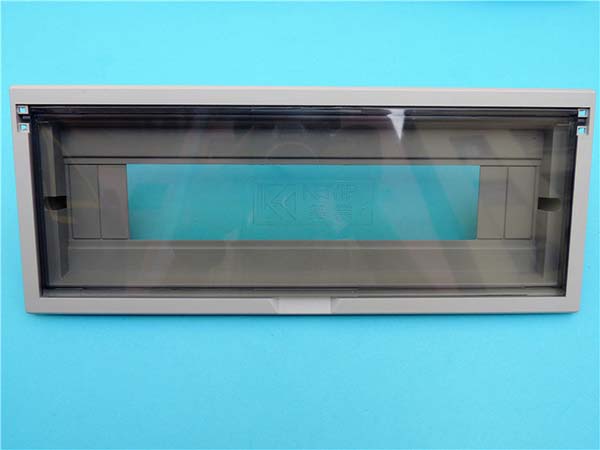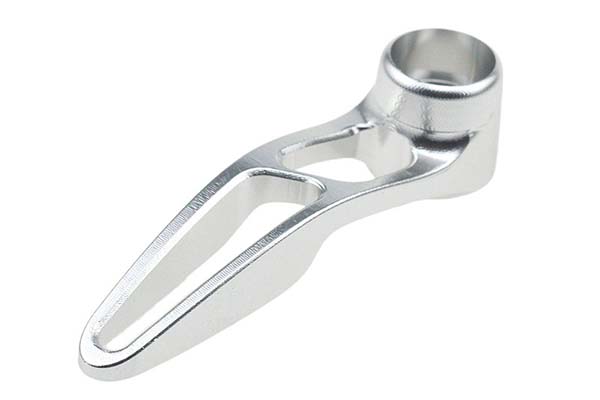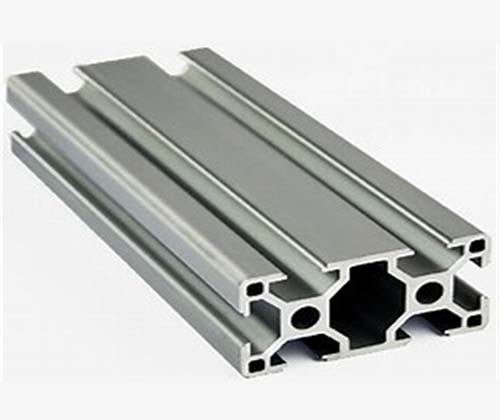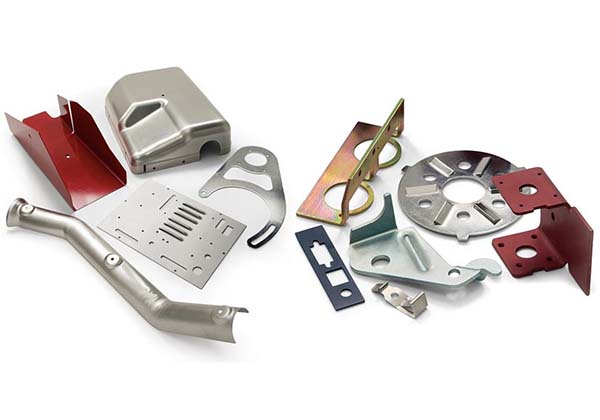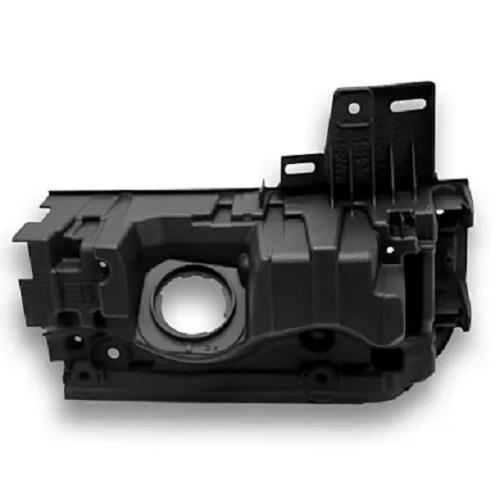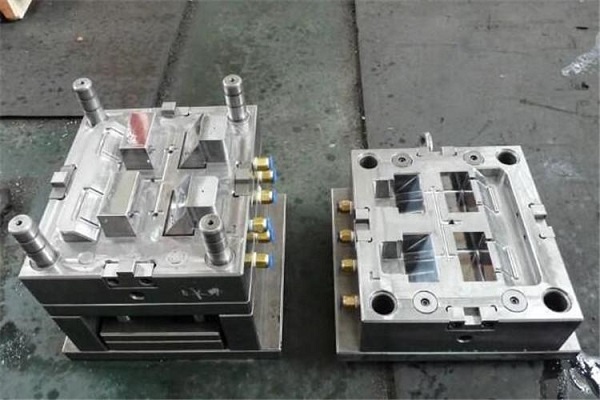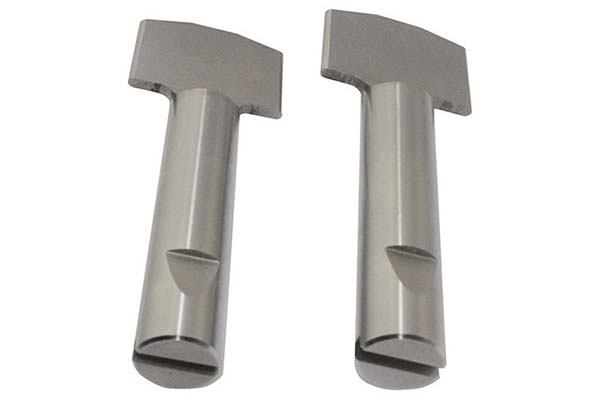1. Introduction: The Synergy of Creativity and Speed
Product design, at its core, is the creative process of envisioning, defining, and planning the features, functionality, and aesthetics of a product. It involves understanding user needs, market trends, and technological possibilities to create a concept that stands out. On the other hand, rapid prototyping is the technology - enabled process of quickly creating a physical model of a product design, allowing for early testing, validation, and refinement.
The synergy between product design and rapid prototyping is like a turbocharger for innovation. Product design provides the creative spark, the unique concepts that have the potential to disrupt markets. Rapid prototyping, then, accelerates the journey from concept to reality, reducing the time and cost associated with traditional product development cycles. This combination enables companies to iterate faster, learn from user feedback sooner, and bring more innovative products to market ahead of the competition.
For instance, consider the consumer electronics industry. In the past, developing a new smartphone could take years. Designers would spend months on the initial design, followed by a long process of building prototypes using traditional methods. By the time the product reached the market, it might already be outdated. However, with the advent of rapid prototyping techniques, companies can now create multiple prototypes in a matter of weeks. This allows them to test different design features, such as screen sizes, camera placements, and battery capacities, and make informed decisions based on real - world user testing. As a result, new smartphones are hitting the market more frequently, each one more innovative than the last.
In the following sections, Yigu Technology will explore in detail how product design and rapid prototyping work together, the various rapid prototyping techniques available, their applications across different industries, the challenges they face, and the future trends that are set to shape this exciting field.
2. The Technical Foundation: Design Thinking Meets Rapid Prototyping
2.1. The Pillars of Modern Product Design
Product design today is a multidisciplinary discipline, blending user - centric empathy with engineering rigor.
User Experience (UX) Focus: In modern product design, putting the user at the center is non - negotiable. Tools like CAD (Computer - Aided Design) play a crucial role in the design process. CAD allows designers to create highly detailed 2D and 3D models of products. For Yigu Technology example, when designing a new type of ergonomic office chair, CAD software enables designers to precisely define the shape, dimensions, and material properties of the chair. This digital model can then be used to simulate how the chair will look and function in a real - world setting.
Simulation Software: Tools like ANSYS have revolutionized the way designers test their product designs. ANSYS is a powerful simulation software that enables virtual stress testing of designs. For instance, when designing a bridge, engineers can use ANSYS to simulate the various forces acting on the bridge, such as wind loads, traffic loads, and seismic forces. By running these simulations, they can identify potential weak points in the design and make necessary adjustments before building a physical prototype.
2.2. Core Rapid Prototyping Technologies
Rapid prototyping technologies act as the bridge between digital models and physical parts, each suited to specific needs. The following Yigu Technology table provides a detailed comparison of some of the most common rapid prototyping technologies:
| Technology | Principle | Material Range | Precision | Speed (100mm Part) | Ideal for |
| Fused Deposition Modeling (FDM) | Melts thermoplastic filaments layer by layer | PLA, ABS, TPU | ±0.1–0.5mm | 2–6 hours | Functional prototypes, large models |
| Stereolithography (SLA) | UV - cured liquid resin via laser scanning | Photopolymer resins | ±0.05–0.1mm | 4–12 hours | High - detail aesthetic components |
| Selective Laser Sintering (SLS) | Laser - sintered powder (nylon, metal) | Nylon, metal powders | ±0.1–0.3mm | 10–18 hours | Durable, complex functional parts |
| Digital Light Processing (DLP) | Projected UV light curing entire layers | High - resolution resins | ±0.02–0.1mm | 6–12 hours | Micro - precision and uniform surfaces |
Fused Deposition Modeling (FDM): FDM is one of the most widely used rapid prototyping technologies, especially for desktop 3D printers. It works by melting thermoplastic filaments, such as PLA (Polylactic Acid), ABS (Acrylonitrile Butadiene Styrene), or TPU (Thermoplastic Polyurethane), and depositing them layer by layer to build a 3D object. The relatively large precision range of ±0.1 - 0.5mm makes it suitable for creating functional prototypes where high - precision aesthetics are not the primary concern. For example, when prototyping a simple mechanical part like a gear, FDM can quickly produce a working model that can be tested for fit and functionality. Its speed, with a 100mm part taking 2 - 6 hours, allows for rapid iteration.
Stereolithography (SLA): SLA uses a laser to scan and cure a liquid photopolymer resin layer by layer. This results in a high - level of precision, with an accuracy of ±0.05 - 0.1mm. SLA is ideal for creating high - detail aesthetic components. For Yigu Technology instance, in the jewelry industry, SLA can be used to create intricate and detailed jewelry prototypes. The smooth surface finish and fine details achieved with SLA make it possible to accurately represent the design, allowing jewelers to make adjustments before producing the final product.
Selective Laser Sintering (SLS): SLS works by using a laser to sinter powdered materials, such as nylon or metal powders. This technology is well - suited for creating durable, complex functional parts. In the automotive industry, SLS can be used to produce parts like engine components or custom - designed brackets. The ability to work with metal powders means that the prototypes can closely mimic the properties of the final production parts, making it valuable for functional testing. However, the longer build time of 10 - 18 hours for a 100mm part is a trade - off for its high - quality output.
Digital Light Processing (DLP): DLP projects UV light to cure entire layers of resin at once. This results in a very high - resolution output, with a precision of ±0.02 - 0.1mm. DLP is perfect for applications that require micro - precision and uniform surfaces. In the field of microelectronics, DLP can be used to create prototypes of micro - components with extremely fine details. The ability to cure entire layers simultaneously also contributes to a relatively fast build time, although it is still in the 6 - 12 - hour range for a 100mm part.
3. Accelerating Innovation: Core Advantages
3.1. Rapid Iteration: From Sketch to Prototype in Days
Gone are the weeks - long waits for traditional prototypes. Modern workflows reduce design cycles significantly. In the past, creating a prototype using traditional methods such as CNC machining or injection molding could take weeks or even months. This was mainly due to the complex processes involved, such as the need to create molds, which often required a high level of precision machining and a long lead - time.
However, with the advent of rapid prototyping technologies, the game has changed entirely. For Yigu Technology example, in the consumer electronics sector, a leading smartwatch brand utilized SLA (Stereolithography) prototyping to test 15 different casing designs in just 10 days. In contrast, if they had used CNC machining, this process would have taken a staggering 6 weeks. During these 10 days, the design team was able to quickly iterate on the designs. They refined the ergonomics of the smartwatch, ensuring that it fit comfortably on the wrist. The button placement was also optimized for easy access, and the alignment of the wireless charging module was adjusted to ensure efficient charging. Each iteration was based on real - time feedback from user testing, allowing the brand to create a more user - friendly and efficient product.
In the medical device industry, speed is of the essence, especially when it comes to getting products to market and improving patient care. A startup developing a diabetic insulin pen made use of FDM (Fused Deposition Modeling) to print functional prototypes. These prototypes had adjustable dosage dials, which were a crucial feature for diabetic patients who need to accurately measure their insulin intake. By using FDM, the startup was able to quickly create multiple prototypes and gather feedback from clinicians in real - time. This iterative process allowed them to make improvements to the design, such as making the dosage dials easier to read and adjust. As a result, they were able to reduce regulatory approval delays by 3 months. This not only saved the company time and money but also meant that the product could reach patients sooner, potentially improving their quality of life.
3.2. Cost Efficiency: Mitigating Risks Without Breaking the Bank
Rapid prototyping cuts development costs by minimizing tooling and material waste, especially for low - volume projects. The following table clearly shows the cost - saving potential of rapid prototyping compared to traditional methods:
| Development Stage | Traditional Method (CNC/Molding) | Rapid Prototyping (3D Printing) | Cost Savings |
| Initial Prototype | \(5,000–\)10,000 | \(500–\)2,000 | 80–90% |
| Design Revision (per iteration) | \(3,000–\)5,000 | \(200–\)800 | 85–92% |
| Material Waste | 30–50% of raw material | 5–10% | 60–80% |
For the initial prototype, traditional methods like CNC machining or molding often require expensive tooling. For instance, creating a mold for a plastic part can cost upwards of \(5,000, and if there are design changes, the mold may need to be remade, adding to the cost. In contrast, rapid prototyping using 3D printing can create an initial prototype for as little as \)500. This is because 3D printing does not rely on expensive molds but builds the prototype layer by layer directly from a digital model.
When it comes to design revisions, traditional methods can be extremely costly. Each iteration may require remachining of parts or modification of molds, which can cost between \(3,000 - \)5,000 per iteration. With rapid prototyping, design revisions are much more cost - effective. A simple change to the digital model can be quickly translated into a new prototype, with costs ranging from \(200 - \)800 per iteration. This allows companies to make multiple design revisions without incurring exorbitant costs.
Material waste is also a significant factor in cost - efficiency. Traditional subtractive manufacturing methods, such as CNC machining, often result in a high percentage of material waste. For example, when machining a metal part, 30 - 50% of the raw material may be removed and discarded. In contrast, additive manufacturing techniques like 3D printing are much more material - efficient, with only 5 - 10% of the raw material being wasted. This not only reduces the cost of raw materials but also has environmental benefits.
3.3. Design Freedom: Conquering Geometric Complexity
Rapid prototyping liberates designers from the constraints of subtractive manufacturing. In traditional subtractive manufacturing, such as milling or turning, the process involves removing material from a larger block to create the desired shape. This limits the complexity of the designs that can be created. For Yigu Technology example, creating internal structures with traditional machining methods is extremely difficult, if not impossible.
However, rapid prototyping techniques like SLS (Selective Laser Sintering) and DLP (Digital Light Processing) allow for the creation of highly complex geometries. In the aerospace industry, SLS is being used to create parts with lattice cores. These lattice cores are internal structures that can reduce the weight of aerospace brackets by up to 40% while maintaining their strength. This weight reduction is crucial for improving the fuel efficiency and performance of aircraft. Such a design would be impossible to achieve with traditional machining methods because the complex lattice structure cannot be easily machined from a solid block of material.
In the medical field, a medical startup used DLP to print a knee implant prototype with trabecular structures mimicking human bone. Trabecular bone has a complex, porous structure that is difficult to replicate using traditional manufacturing methods. The DLP process, with its layer - by - layer precision, was able to create a prototype with a trabecular structure that achieved 95% osseointegration in pre - clinical tests. Osseointegration is the process by which the implant fuses with the surrounding bone tissue, and a high rate of osseointegration is crucial for the long - term success of the implant. This level of osseointegration was only possible with the design freedom offered by additive manufacturing.
3.4. Material Innovation: Testing Real - World Performance Early
Modern prototyping materials mirror end - use properties, enabling functional testing without waiting for production - grade parts. In the past, when developing a new product, companies often had to wait until the production - grade parts were available to test the product's performance. This led to longer development cycles and increased costs.
Today, there is a wide range of prototyping materials available that closely mimic the properties of the final production materials. For example, high - temperature resins like Somos 12120, which can withstand temperatures of up to 126°C, allow engineers to test under - the - hood automotive components for thermal stress. In the past, testing such components would have required expensive metal prototypes. Now, with high - temperature resins, engineers can quickly create prototypes and test them for thermal performance. This helps to identify any potential design flaws early in the development process, reducing the risk of costly design changes later on.
Flexible elastomers, such as TPU - based materials used in FDM prototyping, are also revolutionizing the way products are developed. These materials can simulate rubber grips for power tools. Designers can use these prototypes to optimize the friction coefficients, with a target range of 0.6 - 0.8 μ. By testing different designs and materials, they can ensure that the final product has the right amount of grip, providing a better user experience. This type of functional testing at the prototype stage was not possible with traditional prototyping methods, which often used materials that did not accurately represent the final product's properties.
4. Industry Applications: Where Innovation Takes Shape
The marriage of product design and rapid prototyping has found fertile ground in various industries, each with its own unique set of challenges and opportunities. Let's explore how these two forces are driving innovation in three key sectors.
4.1. Automotive: Driving EV Innovation Faster
In the automotive industry, especially in the development of electric vehicles (EVs), rapid prototyping is playing a crucial role in meeting the demands for lightweight, high - performance parts.
Battery Enclosures: In the past, battery enclosures for EVs were often made using CNC - machined aluminum prototypes. This process had a lead time of around 2 weeks and cost approximately \(10,000. However, with the advent of Selective Laser Sintering (SLS) technology, these enclosures can now be printed using nylon composites. The lead time has been reduced to a mere 3 days, and the cost has dropped to \)2,500. Moreover, these SLS - printed enclosures are 30% lighter than their CNC - machined counterparts. This weight reduction is significant as it directly impacts the overall range and performance of the EV. Lighter battery enclosures mean less energy is required to move the vehicle, thereby increasing the driving range. Additionally, the ability to quickly produce these prototypes has accelerated the crash - test iteration process. Engineers can now test multiple enclosure designs in a shorter period, leading to safer and more reliable battery enclosures.
Interior Customization: A luxury EV brand took advantage of Digital Light Processing (DLP) technology to print dashboard prototypes. These prototypes featured micro - textured surfaces with a roughness average (Ra) of 0.8μm. This precise surface finish ensured zero glare, which is essential for the driver's visibility, especially in bright sunlight. The micro - textured surface also provided a unique tactile experience, adding to the overall luxury feel of the vehicle's interior. In high - end markets, these small details in interior design can make a significant difference in the customer's perception of the product. By using DLP for prototyping, the brand was able to quickly iterate on the design, making adjustments based on user feedback, and ensuring that the final product met the high - end market's expectations for both functionality and aesthetics.
4.2. Consumer Products: Balancing Aesthetics and Function
For consumer products, where design is often a key differentiator, rapid prototyping ensures that concepts can be translated into reality seamlessly.
Wireless Earbuds: A startup developing wireless earbuds used Stereolithography (SLA) to print 0.5mm - thick earbud shells. The precision of SLA allowed for an impressive 0.03mm concentricity for speaker alignment. This high level of precision was crucial for ensuring that the sound quality of the earbuds met consumer expectations. The frequency response of the earbuds, which ranged from 20Hz - 20kHz, was on par with high - end earbuds in the market. By using SLA for prototyping, the startup was able to quickly test different shell designs, making adjustments to the shape, size, and speaker alignment based on sound quality testing. This iterative process led to a final product that not only sounded great but also fit comfortably in the ear, meeting the demands of consumers for both functionality and aesthetics.
Kitchen Appliances: A smart blender's ergonomic handle was tested using Fused Deposition Modeling (FDM) prototypes in an ABS - like resin. These prototypes underwent over 500 grip - pressure tests to optimize the torque resistance, with a target of 15N·m. This testing was essential to prevent user fatigue during extended use. The FDM prototypes allowed the design team to quickly make changes to the handle design, such as adjusting the shape, texture, and grip area. Based on the test results, they were able to create a handle that provided a comfortable and secure grip, enhancing the overall user experience of the blender. In a user - feedback survey of 200 consumers who tested the final product, 85% reported that the handle design was a major factor in their satisfaction with the blender.
5. Conclusion: The Innovation Accelerator
Yigu Technology Product design and rapid prototyping are no longer just tools—they are the engine of modern innovation. By merging the creativity of design thinking with the precision of rapid prototyping technologies, engineers and designers can iterate faster, validate cheaper, and deliver products that meet market needs with unprecedented agility.
The advantages are clear: rapid iteration, cost - efficiency, design freedom, and material innovation are revolutionizing industries from automotive to medical devices to consumer products. These benefits are not just theoretical; as demonstrated, real - world applications across various sectors have shown significant improvements in product development timelines, costs, and performance.
As industries demand ever more customized, high - performance solutions, this synergy will only grow more critical. The ability to quickly turn concepts into tangible prototypes and then refine them based on real - world feedback ensures that the gap between concept and reality continues to shrink. This not only benefits companies in terms of competitiveness but also consumers, who can expect more innovative, higher - quality products in a shorter time frame.
FAQ
Q1: What is the most cost - effective rapid prototyping technology for small - scale consumer product development?
A1: Fused Deposition Modeling (FDM) is often a cost - effective choice for small - scale consumer product development. It has a relatively low initial investment cost, especially with the availability of affordable desktop 3D printers. Material costs are also lower compared to some other technologies, and it can quickly produce functional prototypes for initial testing.
Q2: Can rapid prototyping be used for large - scale production?
A2: While rapid prototyping is primarily used for the development and testing phases, some techniques like Selective Laser Sintering (SLS) can be used for small - batch production due to the durability and quality of the parts produced. However, for large - scale mass production, traditional manufacturing methods such as injection molding are usually more cost - effective and efficient.
Q3: How does one choose the right rapid prototyping technology for a specific product design?
A3: Consider factors such as the complexity of the design, the required precision, the materials needed, the speed of production, and the cost. For highly detailed and aesthetic prototypes, Stereolithography (SLA) or Digital Light Processing (DLP) might be suitable. If you need a functional prototype with a focus on cost - efficiency and speed, FDM could be a good choice. For complex, durable functional parts, SLS might be the best fit.
